by Ken Gargett
Some years ago, I was staying in southern Spain in the town of Sanlúcar de Barrameda on the Atlantic coast. I was visiting sherry houses, both locally and in nearby Jerez de la Frontera, in Cádiz, Andalusia.
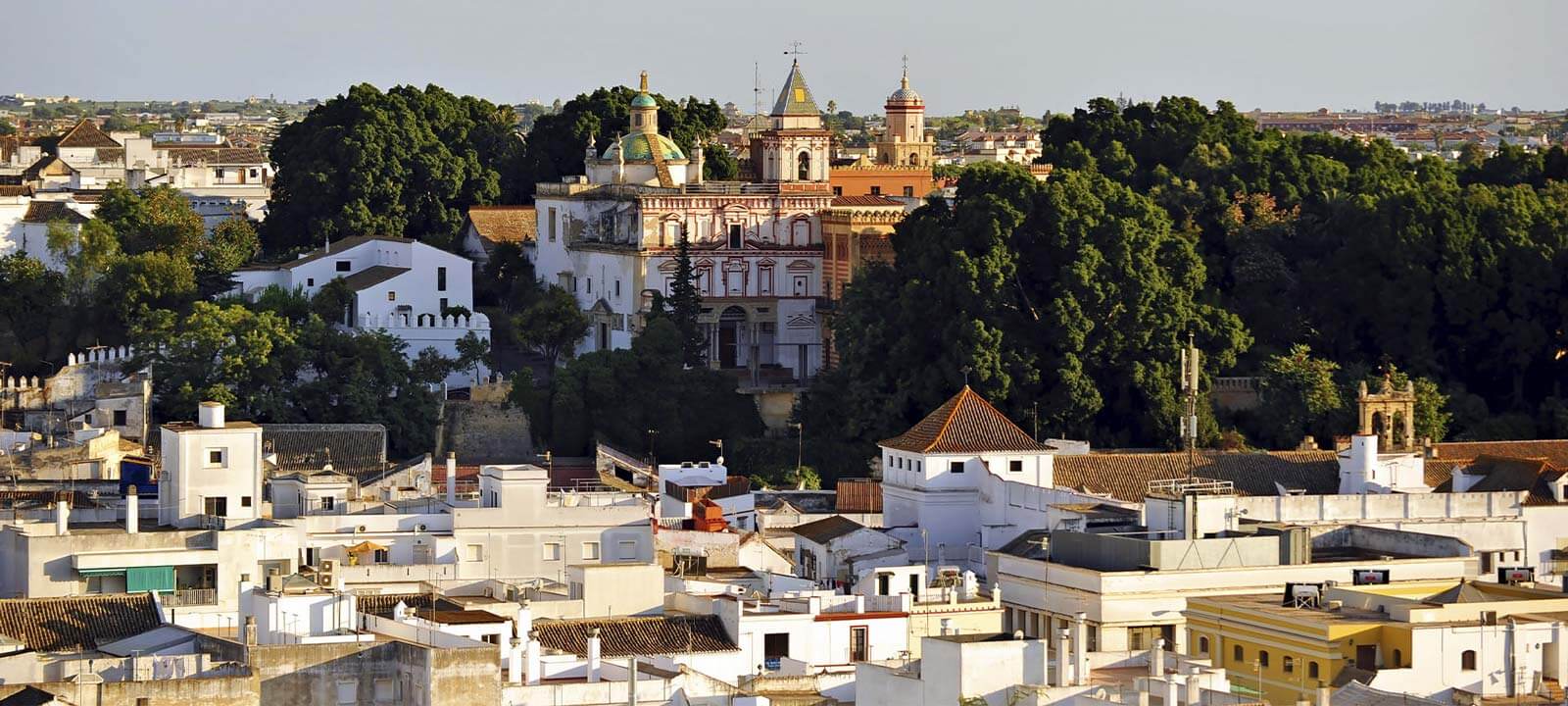
Sanlúcar de Barrameda
I’ve visited several times – one of my all-time favorite wine regions. I prefer staying in Sanlúcar to Jerez for two reasons: firstly, it is much smaller and easier to get around with a lovely seaside walk, and most of the hotels are around the main square. And secondly, the local square has the place that many people (and I am one of them) believe serves the best tapas in all Spain: Casa Balbino.
On one occasion, I had a great morning with one of the local producers near Jerez, who then very kindly suggested lunch at a special place. We drove back into Sanlúcar, parked near the square, and walked into the restaurant . . . whereupon the staff waved their usual greeting, “Hola, Aussie.”
My host looked in horror at the fact that I seemed better known than he was. In fairness, I had eaten breakfast, lunch, and dinner at the place every day for a week. It is worth the trip alone!
I’ve written about sherry before. It is, as most wine lovers will tell you, the most versatile, yet most divisive, of all wine styles. Bone-dry Finos right through to unbelievably luscious and unctuous Pedro Ximénez sweeties.
Sherry is undoubtedly a love-it-or-hate-it wine, fortified and with that strong oxidative character. Wine lovers fall into two categories: those who understand and love sherry, recognizing it as one of the world’s great wines, and those who think it an aberration better tipped down the sink.
For me, those in the latter group are simply wine lovers yet to taste enough good sherries to see how wonderful it can be.
Sherry suffers from a similar problem as that that has plagued non-vintage champagne. When wineries, producers, and importers do the annual publicity thing and show writers and critics their samples, we all get to see an entirely new array of wines thanks to new vintages.
For non-vintage champagnes and sherries, nothing much changes. Pretty much same wines as last year. So, of course, no one writes about them. They might get a footnote but little more. Sinking without a trace. It isn’t fair, but it is the way of the world.
Sherry does see an occasional limited release – an older, special bottling – or something new – think en rama – but it was hardly enough.
Then along came something that breathed new life into the region: the sherries from Equipo Navazos blew Sherryphiles away. Something new and exciting, but tiny production, and these days demand and prices have blown them out of reach of many, if not most. But it got sherry noticed.
Now comes something else that is seriously special
Red wine fans may know of Dominio de Pingus (usually just called “Pingus,” which is also the name of its flagship wine), a famous Spanish wine. Indeed, aside from the legendary Vega Sicilia it is probably Spain’s most famous red, although it has nothing like the extended history behind Vega Sicilia.
Pingus comes from the Ribera del Duero region, as does Vega Sicilia – both are very limited in production and extremely expensive. Dominio de Pingus exists thanks to the efforts of a displaced and peripatetic Dane, Peter Sisseck. Sisseck learned his trade in Bordeaux before moving to Spain in 1990.

Peter Sisseck, winemaker
He started rather impressively, with critic Robert Parker declaring the inaugural vintage of Pingus, 1995, to be “one of the greatest and most exciting wines I have ever tasted.” A subsequent shipwreck sending cases of that wine to the bottom of the ocean sent prices skyrocketing. Sisseck himself has said that it took until the 2014 vintage for him to match that initial release.
Sisseck is always looking for the next exciting project, always looking to wines of exemplary quality. And that extended into whites. Sisseck was determined to produce Spain’s Grand Cru white. Although Spain does produce many excellent and thoroughly enjoyable whites, I doubt anyone would look at them and say that they are truly world leaders in their styles. Except . . .
This is no recent concept, with Sisseck having been talking about it for 25 years. He belatedly came to the obvious conclusion that Spain did indeed have a world-class white: sherry, in particular Fino.
Okay, that is not strictly traditional, being a fortified, but it certainly works. Jerez and its surroundings is a region that Sisseck first visited in 1993. One gets the feeling that Sisseck sees himself as a Spanish/sherry version of Champagne’s Anselme Selosse, the man who brought terroir to the fore in that region. Too early to say if this will be the situation with Sisseck, but he is off to a great start. Only a brave man would suggest that the task is beyond him.
The new project took shape in Marco de Jerez. The intention was not a full range (perhaps he has that in mind – wouldn’t that be something), but one wine, a Fino (two releases). A Fino that did not overwhelm the terroir, the character of the vineyard.
Not easy, given the production methods. And certainly winemaking should not submerge the vineyard. Sisseck has been quoted as saying that he thinks this region to be “the most exciting vineyard area in the world.”
Sisseck’s long-term partner and sometimes financier, Carlos del Rio González-Gordon, is the owner of vineyard Hacienda Monasterio. Sel Rio González-Gordon’s wife is a member of the González Byass family (one of the world’s largest producers of sherry, so the synergy is obvious and fortunate), and Carlos himself is a former board member and still one of the 150 shareholders of González Byass.
In 2016, they decided to make the dream a reality. The following year, the pair purchased Bodega San Francisco in Jerez, known for exceptional stocks of old Fino – 444 botas (sherry casks). They also began the search for suitable vineyards. In 2018, they purchased two vineyards from the Balbaína estate, the source of the Finos found at Bodega San Francisco. The work began.
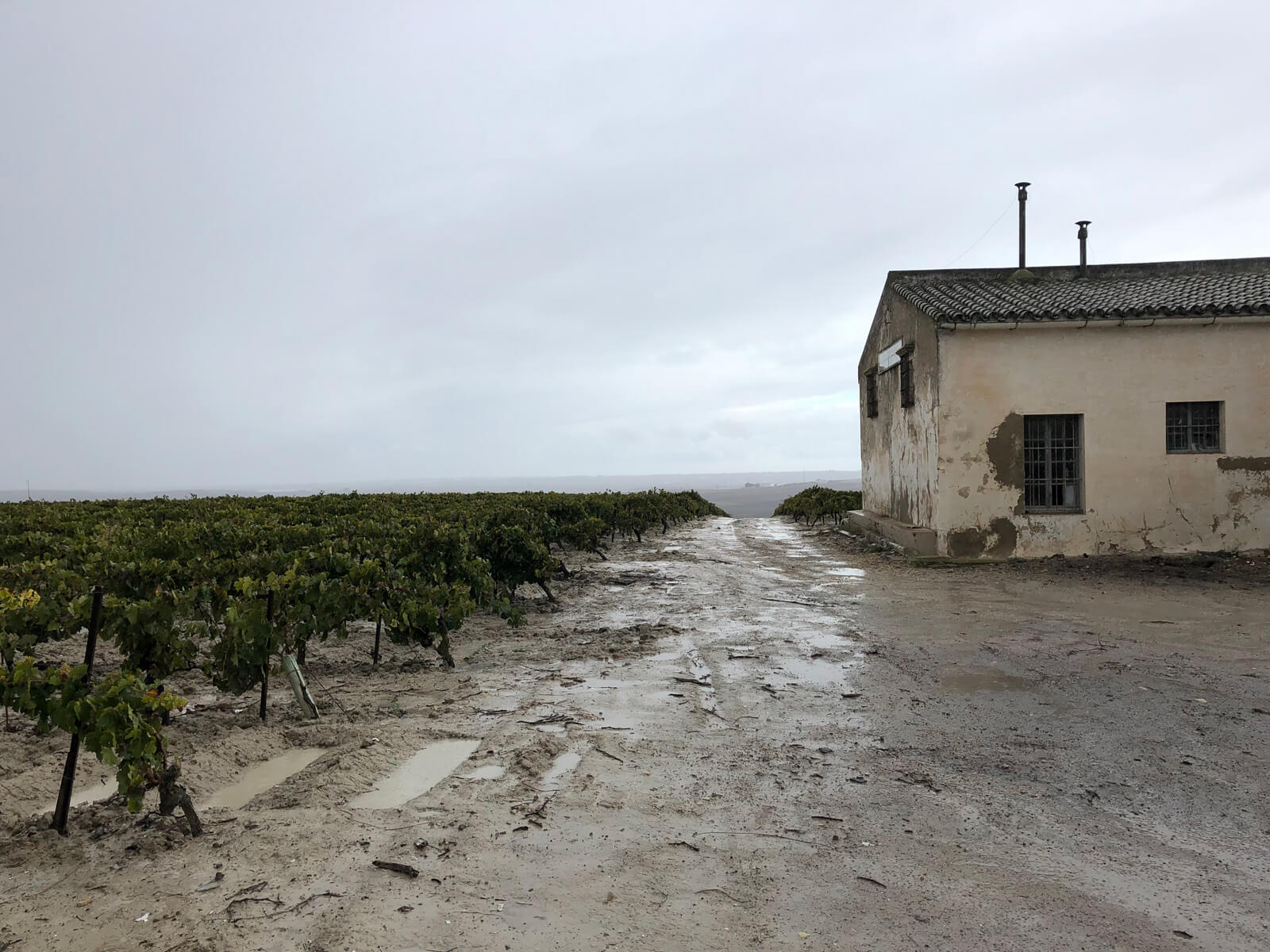
Bodega San Francisco vineyards in Cádiz, Spain
Sisseck is a believer in vineyard classification, which does not exist, and of which he has not been able to convince anyone to introduce, in either Ribera del Duero or Rioja. It is claimed that Finos from specific pagos and specific vineyard designations within them (dubbed parcelas) are wine’s oldest land classification. Another reason that the famed sherry triangle appealed.
One of the vineyards was on the village land of Puerto de Santa Maria at an altitude of 93 meters that was originally planted in 1989. It was an eight-hectare parcel of the vineyard called Los Corrales and known as one of the region’s great vineyards for Fino. The vines are considerably older than the average for the district. The adjacent hilltop has the famous Los Cuadrados vineyard. Corrales is known to crop at very low yields, usually five tons a hectare.
I am advised that it is being re-planted from “California” to Palomino de Jerez with the cuttings coming from a friend’s nearby old vineyard. I assume that “California” is a term used for the Palomino Fino, but I have yet to find confirmation, though not even the “bible,” Wine Grapes by Jancis Robinson, suggests that, so I wonder if information has been mixed up somewhere along the line. Palomino Fino is called Golden Chasselas in California – could that be the reference?
Palomino de Jerez is known for its low yields, lower than those provided by the Palomino Fino clone, but with both higher acid and higher alcoholic potential. This gives a “ripe but fresh” wine that needs minimal fortification.
The Balbaína pago (estate) is not far from the coast, giving more of that pristine raciness. The rows of vines face southwest. This gives them the combination of warmth and the conditions prevailing from the Atlantic. Sisseck has also adopted organic and biodynamic practices.
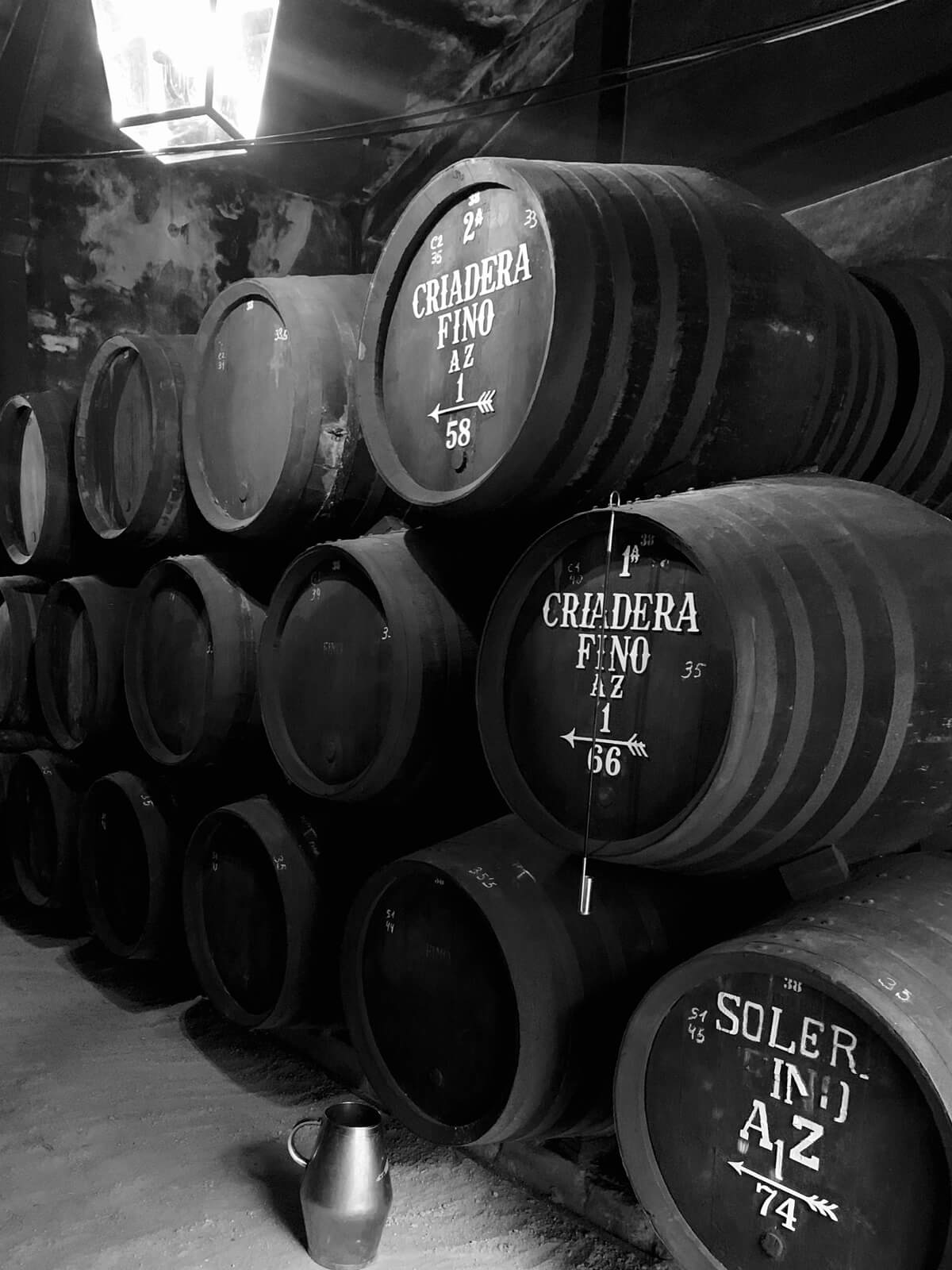
Solera sherry barrels at Bodega San Francisco in Spain
Work done to bring the solera up to the standards that Sisseck and his team required was extensive. It included ensuring that the solera barrels were refreshed directly by young wine from recent harvests, avoiding various criadera, meaning the new wine was of a high quality. A new solera at Balbaína was established on the back of botas (sherry casks) of 2019 material, now being aged.
Macharnudo, a new solera of only four botas, was established to house Fino from the parcel known as La Cruz. There were already 120 botas in existence. Room has been made for the new additions by the sale of some Amontillado.
Fortifying spirit is to be made from Sisseck’s own, locally grown Palomino fruit. It will be distilled by Real Tesoro, owned by another sherry giant, Valdespino. Brandy from other appellations will not be used. Sisseck is determined to ensure that his Finos will be “authentic Jerezano GI at every level.”
Vinification currently occurs at González Byass but they have purchased three adjoining buildings next to Bodega San Francisco in order to facilitate “in-house vinification.”
The second vineyard is a parcel in Pago Macharnudo, but to begin with the focus is very much on Viña Corrales. A second Fino will come from the other vineyard in time and will be called Viña La Crux de Macharnudo.
Sisseck is storing young wine in stainless steel rather than wood at this stage in order to establish the character of the Corrales vineyard before the wine sees barrel. The intention is to restrict removal from the barrels to about 80 liters each every spring.
Prior to the involvement of Sisseck and del Rio González-Gordon, Ángel Zamorano Corrales started an almacenista in 1974. That basically means “warehouse keeper,” something that has become a crucial part of the sherry scene in recent years.
The idea is that they buy young base wines, or in some instances they will produce these wines themselves, and then mature them in soleras for a period of years. Usually, those wines are then sold on to larger houses where they are used in commercial blendings. Of course, when this happens, the consumer usually has no idea, though it is certainly not illegal. Lustau famously released a set of wines from almacenistas.
This was also something that created interest in sherry, but it was small producer and rather specialized. Almacenista sherries gained some prominence in 1996 when the regulations were changed. Prior to that, a bodega needed to hold 12,500 hectoliters of sherry to get a license for bottling and sales.
In 1996, this was cut back to 500 hectoliters and the tiny almacenistas could finally bottle their own sherries and sell them. Gutiérrez de Colosía is one family operation who made the move from solely almacenista to producer. This producer makes excellent sherries and is worth a visit.
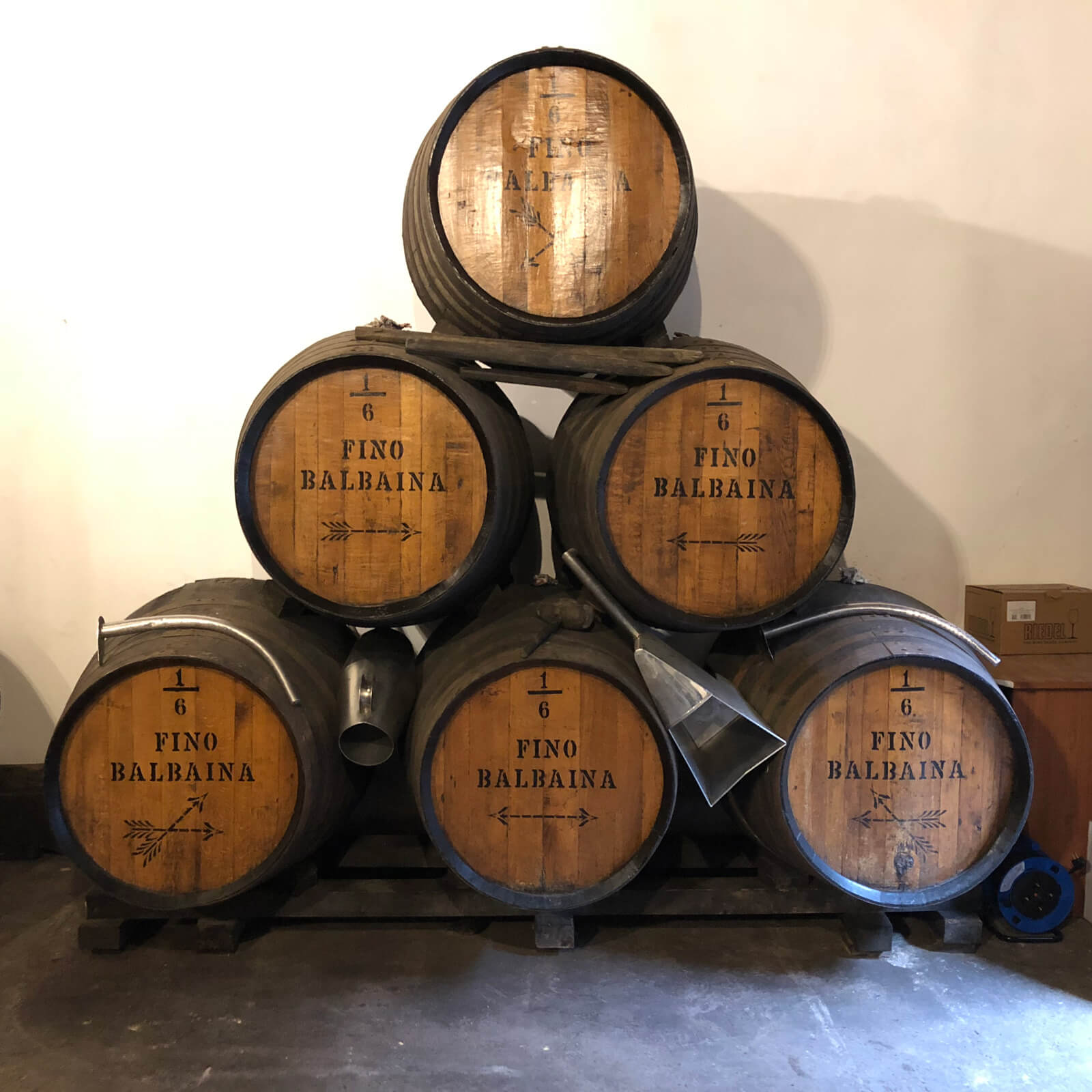
Sherry botas at Bodega San Francisco in Spain
Zamorano Corrales filled his warehouse with barrels from various bodegas and sold the mature sherries to various houses. In 2006, he sold the operation to Juan Piñero, a businessman from Sanlúcar. The sale included 450 butts of young Fino. Some of these were sold on; some aged further. When Sisseck and his team took over in 2017, Piñero kept around 20 of the oldest botas.
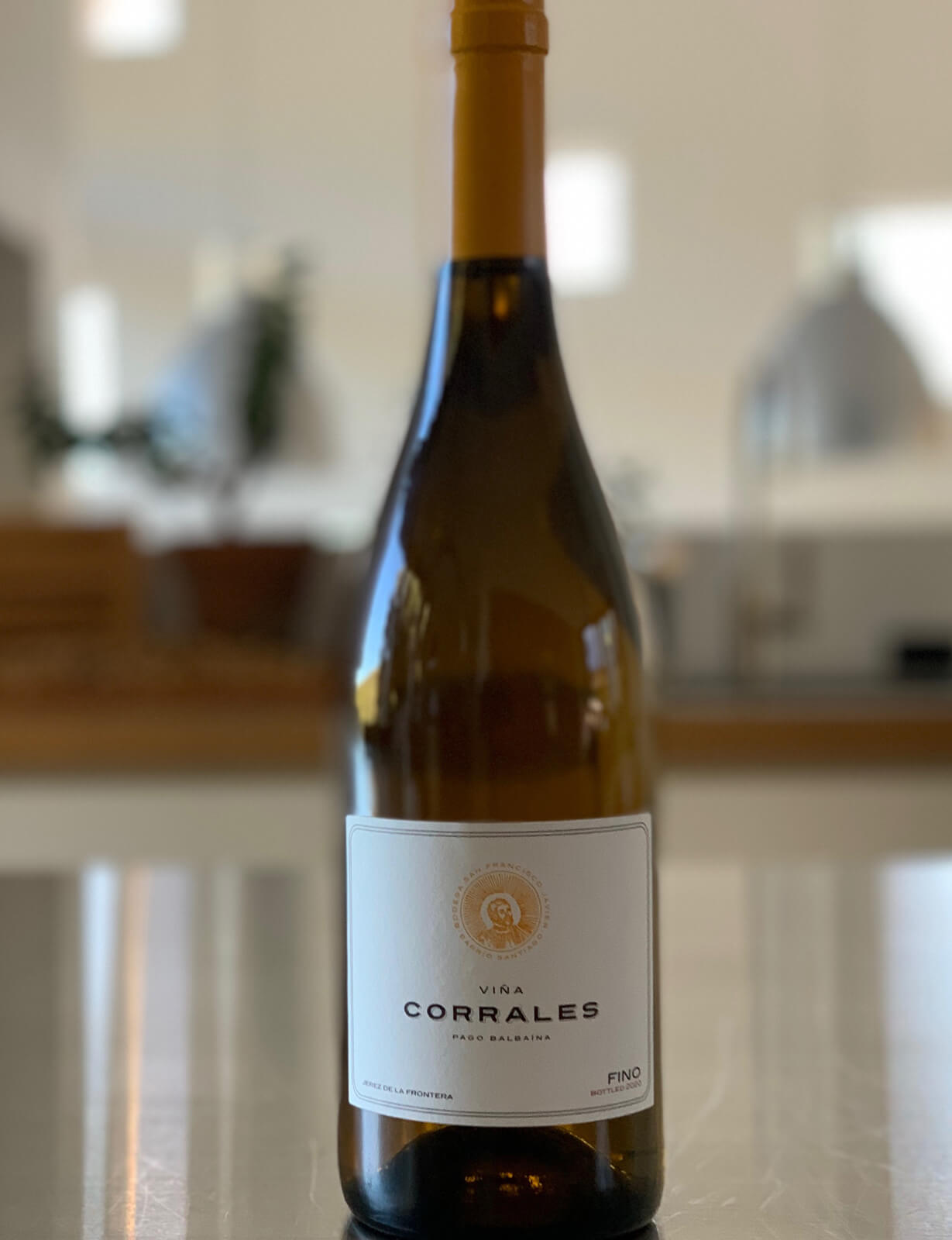
Fino Viña Corrales Pago Balbaína sherry
Viña Corrales Pago Balbaína: tasting notes
Late last year, Sisseck released his first Fino, Viña Corrales Pago Balbaína. It is around eight to nine years of age and was bottled en rama. En rama is a relatively recent innovation, first offered by Bodegas Barbadillo in 1999 with its Manzanilla, which involves less filtering than has been traditional, resulting in more flavor and intensity (hopefully).
Others have followed. Those who have enjoyed the privilege of tasting Fino or Manzanilla directly from the barrel can attest to the extra layers of flavor and intensity. This attempts to replicate that. Alcohol is the (for sherry) minimal 15 percent, making it barely a fraction more than one encounters in a rich Chardonnay. Balance is such that even 15 percent is hardly apparent at all.
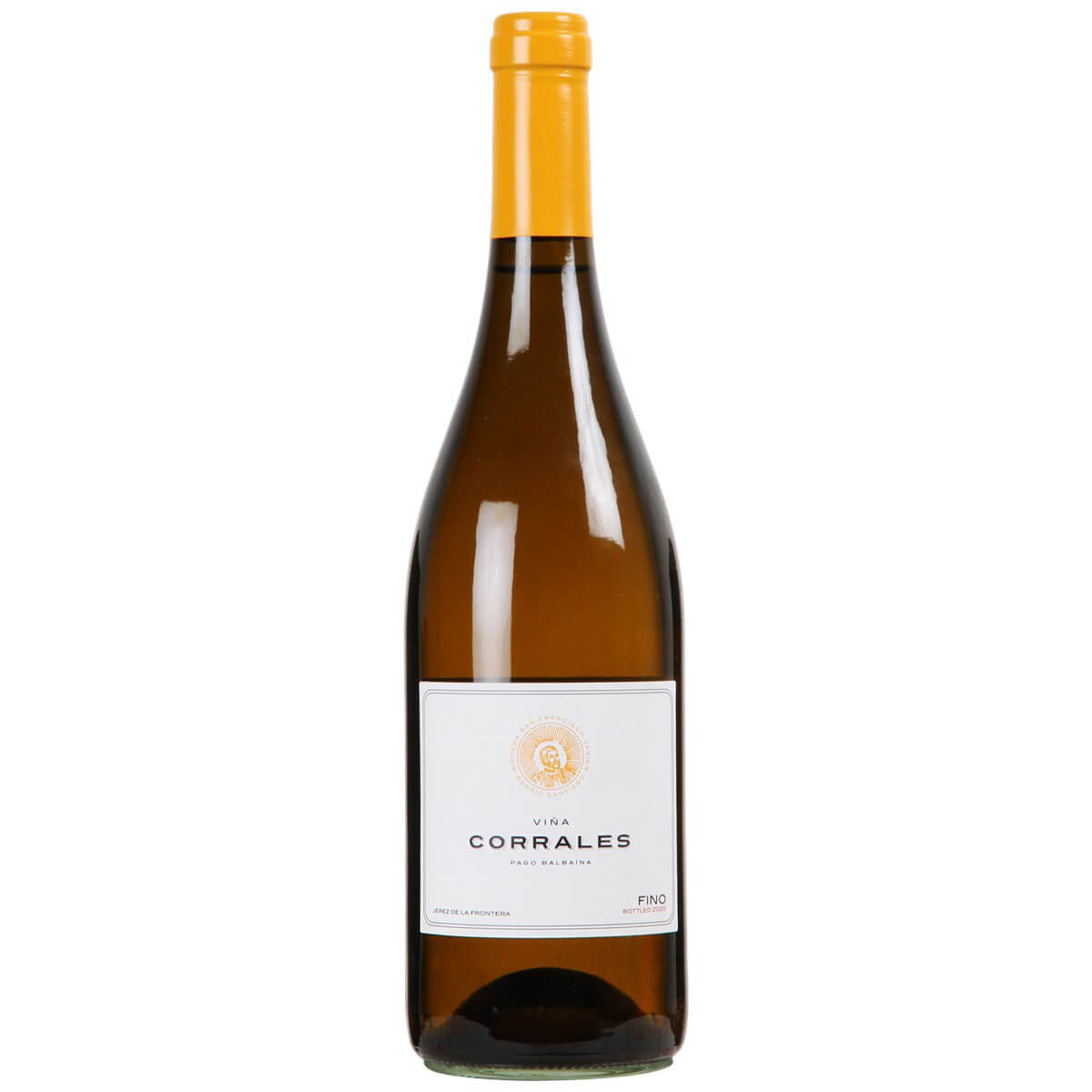
Fino Viña Corrales Pago Balbaína sherry
Sisseck has also bucked tradition by offering the wine in a Burgundy bottle and with a diam stopper. First release was just 1,200 bottles with another 4,000 following shortly.
It is anticipated that around 10,000 bottles will eventually be released annually. The year of bottling will be on both the cork and the label. Robert Parker was quickly on to this Fino with a hefty 96 (hard to argue – my notes had the same score before I encountered Parker’s).
The first thing to say about this phenomenal sherry is that it is not simply an aperitif or simple quaffer. This is a serious wine and should really take its place at the table as a great white would do.
The immediate impression is of crisp apples followed by fragrances of nuts and linseed oil. Oyster shell, sea breeze notes. More richly flavored than most other Finos. A slight hessian, citrus, and pear character as well.
This is balanced, layered, intense and complex. A silky texture and amazing length. Indeed, such balance and such length. A pristine, pure, beautiful wine. Toward the finish, there is a creamy egg-custard note and hints of bitter almonds. Love this.
Absolutely no reason why this could not be matched with a richer seafood or chicken dish. 96.





















































Leave a Reply
Want to join the discussion?Feel free to contribute!